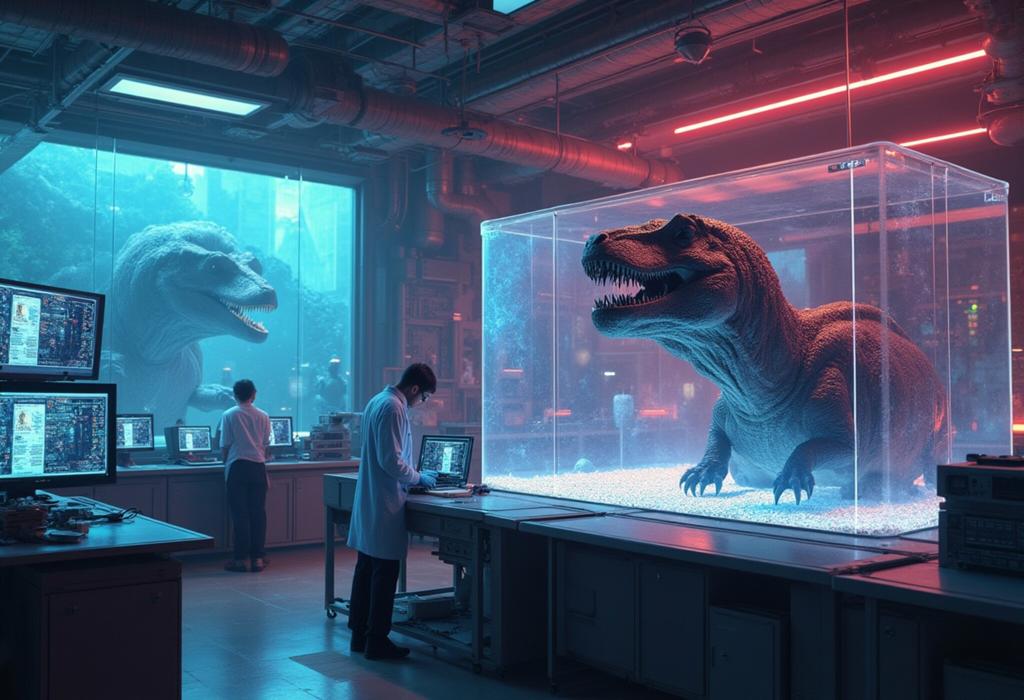For more details on this content, please review the step-by-step guide and frequently asked questions.
Is It Possible to Clone a Dinosaur?

Step-by-Step Guide
Understanding Cloning
Before diving into the specifics of cloning dinosaurs, it is essential to understand what cloning is. Cloning is the process of creating a genetically identical copy of an organism. This can be done through various methods, including somatic cell nuclear transfer (SCNT) and therapeutic cloning.
The Science of DNA
DNA, or deoxyribonucleic acid, carries the genetic information necessary for the development and functioning of all living organisms. Understanding DNA is crucial to the cloning process. Dinosaurs lived millions of years ago, and their DNA has since degraded, making it difficult to find intact samples necessary for cloning.
Fossils and Ancient DNA
The primary sources of information about dinosaurs come from fossils, which include bones, footprints, and sometimes even preserved soft tissues such as feathers or skin. The best chance for finding dinosaur DNA is in these rare finds, but DNA degrades over time, leading to significant challenges.
Is Jurassic Park Possible?
The concept of cloning dinosaurs gained popularity with the movie 'Jurassic Park', where scientists extract dinosaur DNA from mosquitoes fossilized in amber. However, scientists have concluded that obtaining viable dinosaur DNA from fossilized remains or amber is currently not possible due to degradation.
The De-Extinction Movement
De-extinction is the process of bringing extinct species back to life through genetic engineering. While it focuses predominantly on recently extinct species like the woolly mammoth, advancements in biotechnology, such as CRISPR, are paving the way for potential breakthroughs that could eventually apply to dinosaurs.
Gene Editing Technologies
CRISPR and other gene-editing technologies allow scientists to modify existing DNA sequences. By studying the genomes of modern birds (the closest living relatives to dinosaurs), scientists can identify genes responsible for dinosaur traits and attempt to recreate them.
Finding a Suitable Surrogate
Successful cloning requires a compatible surrogate species to carry the clone. For dinosaur cloning, scientists might look to the closest living relatives, such as birds or reptiles. The egg from these animals would need to be modified to include the dinosaur DNA.
Developing the Dinosaur Clone
Once the DNA is inserted into the surrogate's egg, the embryo needs to be nurtured and developed. This step involves ensuring that the surrogate can carry the embryo to term, which requires careful monitoring and potential genetic manipulation.
Ethical Considerations
The cloning of extinct species, particularly dinosaurs, raises complex ethical questions. What rights would these animals have? Are there risks to the ecosystem if they were reintroduced? Scientists must deliberate the moral implications of such actions.
Current Research and Future Prospects
While the idea of cloning dinosaurs remains speculative, ongoing research in genetic engineering and paleogenomics offers hope for breakthroughs in the future. Attending seminars and reading current scientific literature can keep you updated on advancements in this fascinating area.








